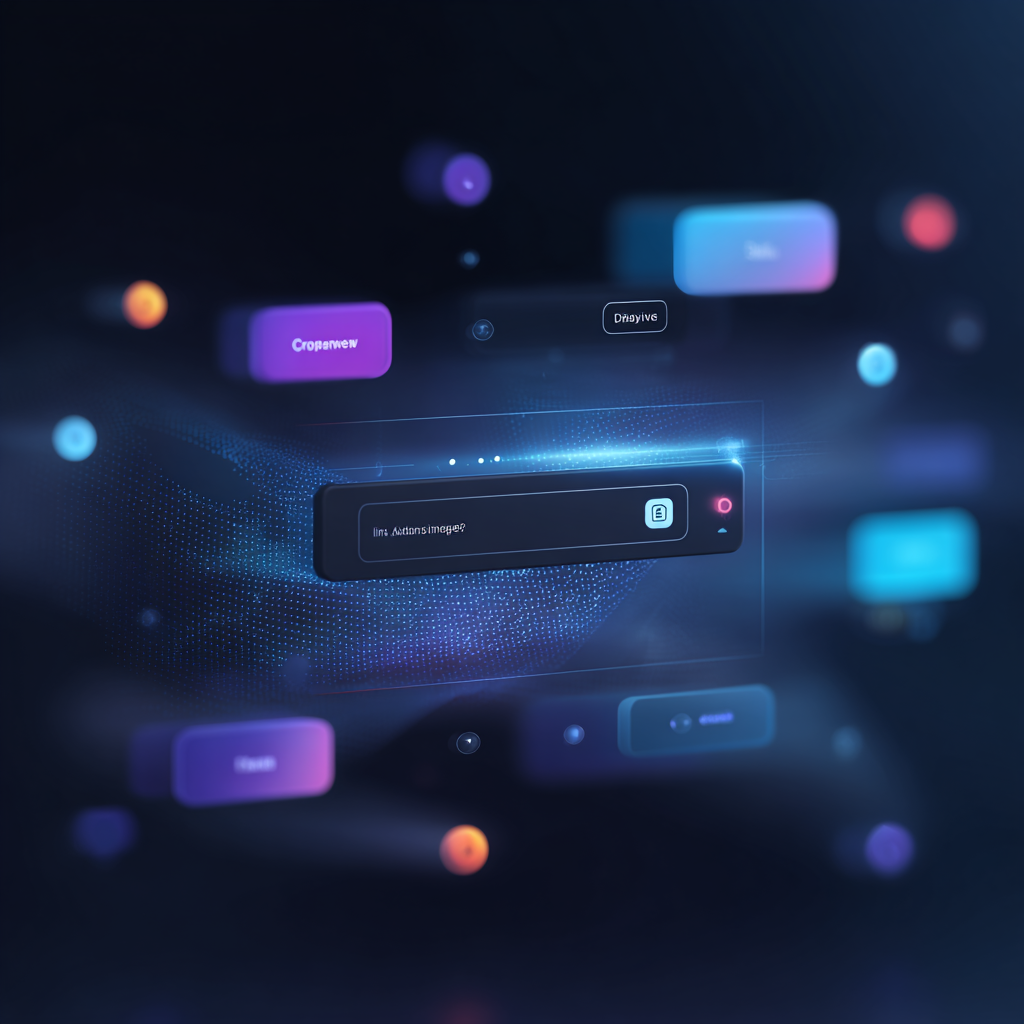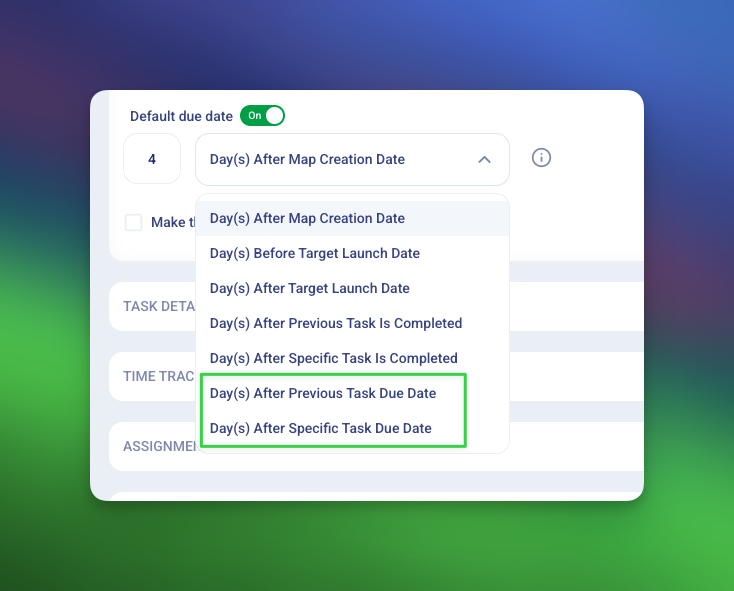Why Poor Onboarding is Like a Bad Honeymoon (and What You Can Do About It)

Most of life’s big decisions are followed by a honeymoon phase. It’s a liminal time that’s fraught with excitement, anxiety, and even worry. The week or two after you drive your fancy-shmancy new car off the lot comes to mind. Your actual honeymoon. You’re sipping a Mai Thai in Hawaii when doubt creeps in:
Did I make the right decision after all!?
In business, the customer onboarding process can be likened to the honeymoon. Just like in a romantic relationship, it’s during onboarding that customers get their first confirmation they’ve made the right or wrong purchase decision. They quickly see how well those promises made by sales and marketing square with reality.
If the Onboarding is Bad, They’ll Just Leave
A new car or marriage is one thing—you can’t exactly return a car. And if you have a change of heart during your honeymoon, it’s not as simple as running off (though Simon & Garfunkel might disagree). By some estimates, however, more than 50% of customers will abandon a new product within 90 days if the onboarding is bad.
Post-Sale Experience Needs to Meet Presale Expectations
We love our friends in marketing and sales. Well, we like them very much. But I’ve come across multiple companies with a common source of churn issues: presale/post-sale dissonance. Customers get really excited about a new product or service during the lead generation and nurturing process, only to be met with letdown after the purchase goes through.
The truth is, the bigger the gap between reality and those expectations/promises set in the lead gen stage, the faster a customer will churn. We’ve seen it time and time again. Of course, it’s not all on sales and marketing. Getting people to buy is kind of their job. The key is to get presale (Sales and Marketing) and post-sale folks (Success) aligned so that the handoff is smooth, expectations are met.
Simple is Good and Friction is Bad
People naturally interpret first impressions as a sign of things to come. And if their first impression is friction, well, it doesn’t bode well for your churn rate.
In the Customer Retention Tips, you’ll see Slack’s simplified onboarding process to illustrate an important point: there’s nothing wrong with keeping it simple! Right after you register, you find yourself in an onboarding scenario with a few simple options for what to do next (Create a Workspace, in this example). After answering a few simple questions, you’re released into the wild to begin exploring the product.
Slack also infuses their onboarding experience with a lot of value, should friction come up, with knowledge base articles, FAQs, even new-user webinars. Their new-user email sequences do the same thing. It’s the right balance between the info you need and information overload.
There’s wisdom in this kind of simplicity that most onboarding programs could benefit from.
A Honeymoon Is Just Another Important Step In a Long Journey
If you’ve ever been married, you know how easy it is to focus on the wedding and subsequent honeymoon. The big day! The two-week vacation for the newly married couple! Very exciting! Of course, there was a relationship that preceded the marriage and honeymoon, the same one that—hopefully—will last well into the future.
The same goes for the customer journey. Closing the deal is a big moment, to be certain. But there was a journey that the customer went on to get there. There were people, processes, and content that customers engaged with leading up to the big day. To make sure onboarding is a honeymoon for customers, you’d be wise to get the entire journey mapped and squared away, from first touch to handoff and beyond.
That’s the only way that it’s going to feel like an exciting honeymoon.





.png)


